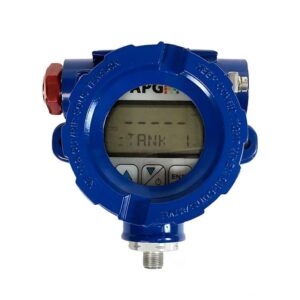Wireless technology has revolutionized the way we communicate, work, and live. It has brought about significant changes in various industries, including those operating in hazardous areas. This article, brought to you by the Intrinsically Safe Store, explores the safe deployment of wireless technology in hazardous areas. We invite you to visit our website to learn more about our solutions for hazardous environments.
Understanding Hazardous Areas
Hazardous areas are defined as locations where fire or explosion hazards may exist due to flammable gases, vapors, dust, or fibers. These areas include oil refineries, chemical plants, mines, and grain silos. The safe deployment of wireless technology in these areas is crucial to prevent accidents and ensure worker safety.
The Role of Wireless Technology in Hazardous Areas
Wireless technology plays a vital role in hazardous areas by providing real-time monitoring, remote control, and data collection. It helps in reducing the risk of accidents, improving operational efficiency, and enhancing worker safety. For instance, wireless sensors can monitor equipment conditions and alert operators about potential issues before they become critical.
Safe Deployment of Wireless Technology
The safe deployment of cordless technology in hazardous areas involves several considerations. These include choosing the right technology, ensuring proper installation, and maintaining the equipment regularly.
- Choosing the Right Technology: The technology chosen should be intrinsically safe, meaning it should not produce enough energy to ignite a hazardous atmosphere. For example, low-power wireless devices are often used in hazardous areas.
- Proper Installation: The equipment should be installed correctly to ensure its safe operation. This includes following the manufacturer’s instructions and adhering to industry standards.
- Regular Maintenance: Regular maintenance is essential to ensure the equipment’s continued safe operation. This includes checking for damage, testing the equipment, and replacing parts as necessary.
Case Study: Wireless Technology in Oil Refineries
A case study that illustrates the safe deployment of cordless technology in hazardous areas is its use in oil refineries. Operators use wireless sensors to monitor equipment conditions and detect gas leaks. These sensors transmit data to a central system, which then alerts the operators if it detects a potential issue. This allows for timely intervention and prevents accidents.

Leveraging Wireless Technology for Safety and Efficiency
Wireless technology has the potential to significantly improve safety and efficiency in hazardous areas. However, its safe deployment requires careful consideration and adherence to safety standards. By choosing the right technology, ensuring proper installation, and maintaining the equipment regularly, companies can harness the benefits of cordless technology while ensuring the safety of their workers and facilities.
At the Intrinsically Safe Store, we offer a range of intrinsically safe wireless devices designed for use in hazardous areas. We invite you to explore our offerings and contact us if you have any questions or need assistance in choosing the right solution for your needs.


